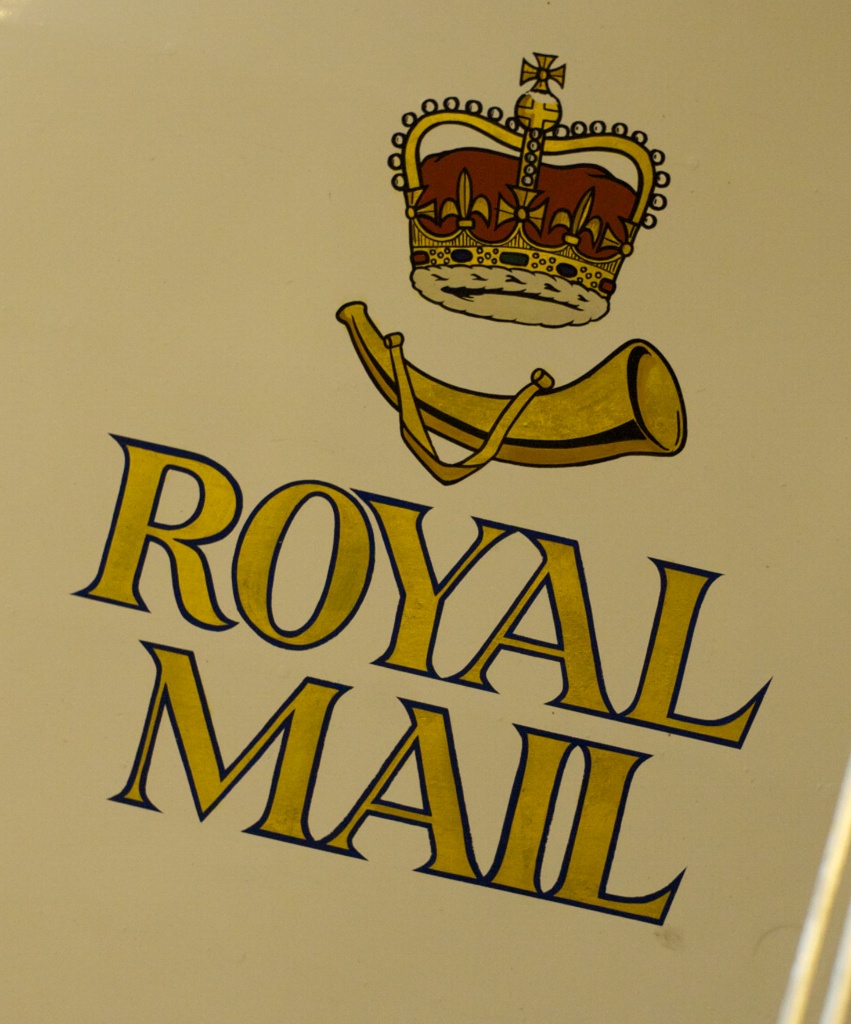Despite the immensely successful privatisation of the Royal Mail, where institutions and private investors were falling over themselves to buy stock, the future for door-to-door letter deliveries has never been more uncertain. The attraction of Royal Mail and other national mail services throughout the world is not the penny post (as it used to be). Aunt Clara hasn’t just started buying stamps by the sheet. No, the future lies in parcels, parcels and more parcels.
As personal and commercial letters continue to fall in volume, thanks to electronic means of delivery, the internet has had a dramatic impact on parcel deliveries. Only a month ago I commented on the overwhelming number of Amazon boxes at my local collection office and the volume continues to grow. It’s a two-way traffic, too, as eBay and Gumtree addicts rush to the Post Office to send off their old cameras and used LV bags.
Another country, New Zealand, has just cut back on domestic mail deliveries and it will not be the last. When I was young the vast majority of addresses in Britain had at least two deliveries a day. In the 19th century there were deliveries almost every hour as individuals and businesses came to rely on their ability to get a reply in the same day.
Then came the telegraph, followed by the telephone and teleprinter. Letter volumes shrank. Online shopping is in the process of administering the coup de grâce. We are now down to one postman a day and not always first thing in the morning. Soon the Royal Mail, despite its protestations to the contrary, really will have to tackle the holy cow of daily visits to every address in the country, down every lane and up every flight of stairs. None of those convenient clusters of boxes at the top of the lane for us spoiled Brits. No, the postie has to trudge to every door. It is simply unsustainable because, within a few years, the physical letter will be a rarity.
What on earth will Aunt Clara do?

